Inside Britain's privately owned villages
Surprising as it may sound, there are still privately owned villages scattered throughout the UK. Alec Marsh wonders what is it really like to be at the helm of a community.
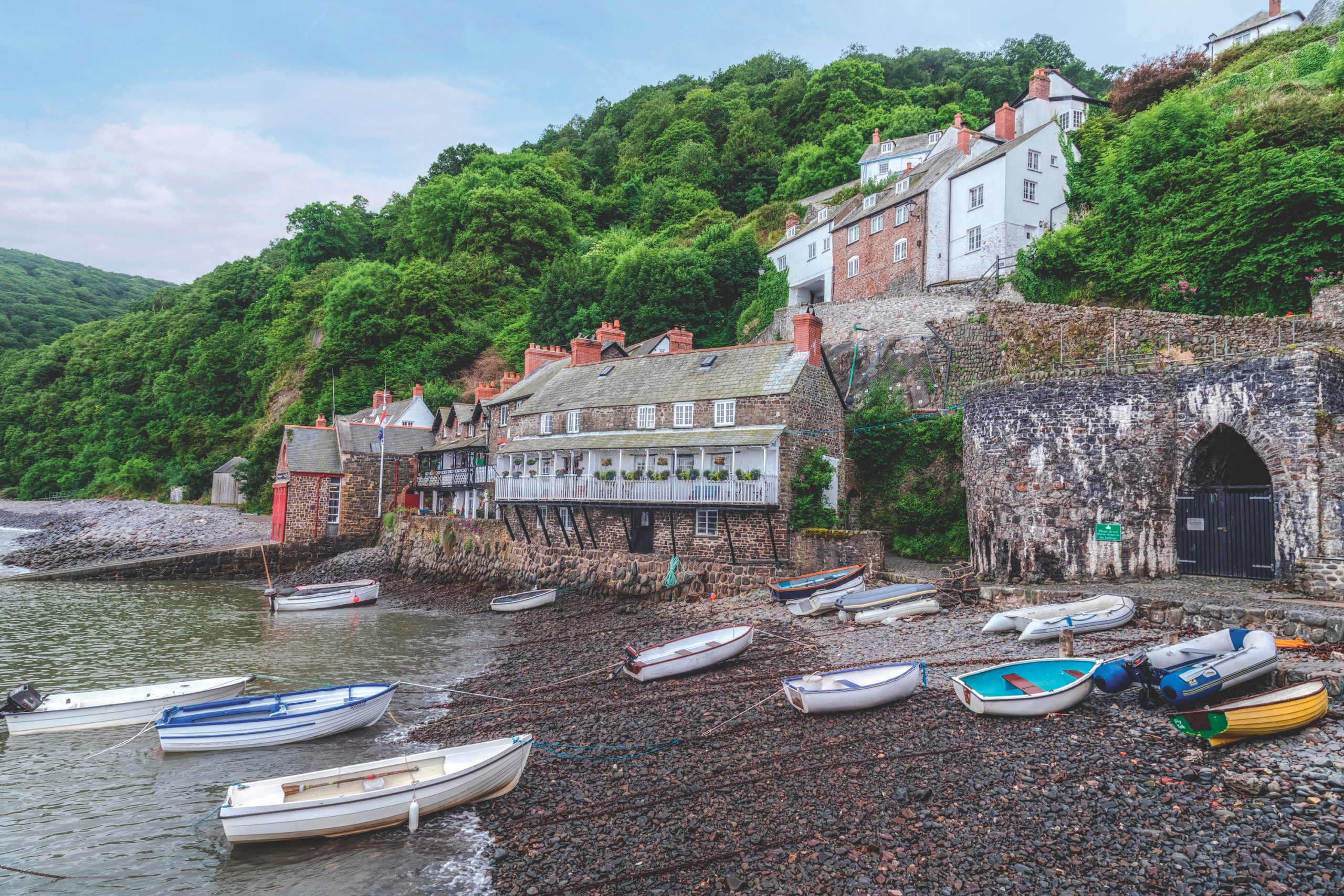

Once upon a time, not so many generations ago, it was common for a landed estate to own the nearby village — a fact often reflected in the name of the local pub and, sometimes, in the uniform architecture of the buildings.
Quite how many such villages there once were awaits the dedicated labours of academic study, but what we do know is that now, of hundreds or even thousands, scarcely a dozen or so privately owned villages remain.
With soaring death duties, rent acts and collapsing land prices in the aftermath of the World Wars, vast tracts of land were sold off across the countryside and the villages went with them. There was no let up.
‘From the 1970s, most privately owned villages were sold piecemeal, often after centuries of ownership,’ confirms Jonathan Thompson, senior heritage advisor at the Country Land & Business Association (CLA).
A few, however, are holding out.
Meet Sir Richard FitzHerbert, owner of Tissington, near Ashbourne in Derbyshire. The village and estate have been in the family for 500 years and the house, built in 1609, has only ever been occupied by his relatives.
Sir Richard, the 9th Baronet, inherited it all from an uncle he barely knew at the age of 25, in 1989. ‘It’s sort of my job,’ he responds, when asked what owning a village is like.
Sign up for the Country Life Newsletter
Exquisite houses, the beauty of Nature, and how to get the most from your life, straight to your inbox.
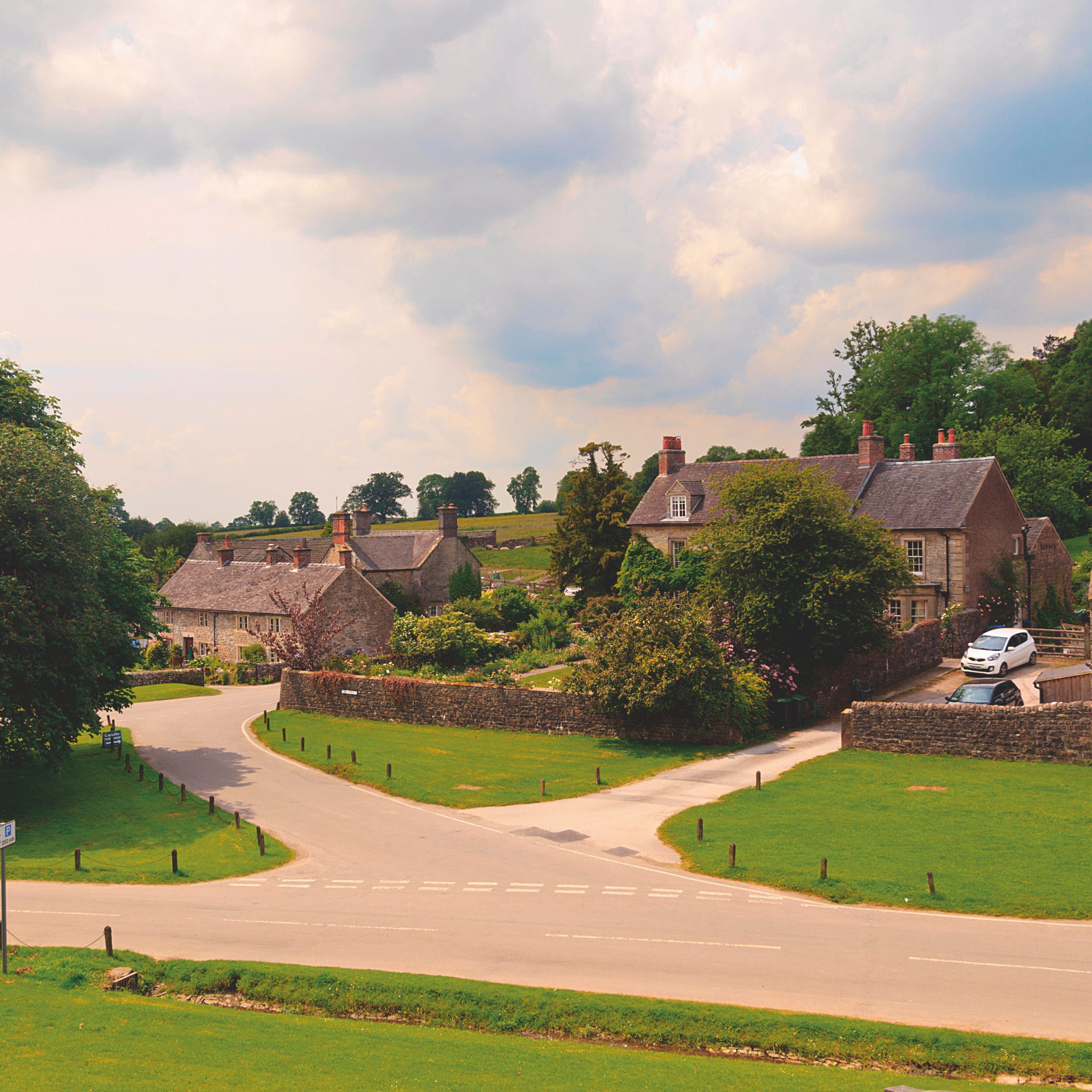
Unusually, Tissington Hall is at the centre of the village, with gates leading onto the street, rather than being at the end of a long drive. ‘We live here and we work here, and we work here and we live here, and you can’t get away from it,’ Sir Richard declares.
Awarded the Bledisloe Gold Medal for estate management by the Royal Agricultural Society in 2006, he spends a lot of his time ‘battling the suppliers, whether that be broadband, electricity, water or the planners — the national park authority’. He admits: ‘These people make my job incredibly difficult.’
As well as renting out some 45 properties, the family has tenant farmers on the 2,000 acres and runs corporate events and weddings at the house. ‘Although I say I own a village, I own a community — and I’m responsible for that community,’ reflects Sir Richard. ‘That means you have to take certain decisions, which wouldn’t necessarily be commercial ones.’
Rents in Tissington are between 20% and 80% of market rates, he reveals, with retired longstanding staff receiving the best terms. ‘I would rather have a more community-spirited tenant in the village, at a lower rent, than go for the top rent with someone who doesn’t get involved. Perhaps that’s one of the reasons why we have survived, apart from being incredibly lucky,’ muses Sir Richard. ‘But you have to work at it. This is a 24/7 job.’
In north Devon, John Rous owns the seaside village of Clovelly, which he inherited, aged 33, in 1983. The village, he says, has ‘gone through lots of female lines’, but has mainly been in the Hamlyn family since 1738, and has survived mainly thanks to ‘judicious marriages’.
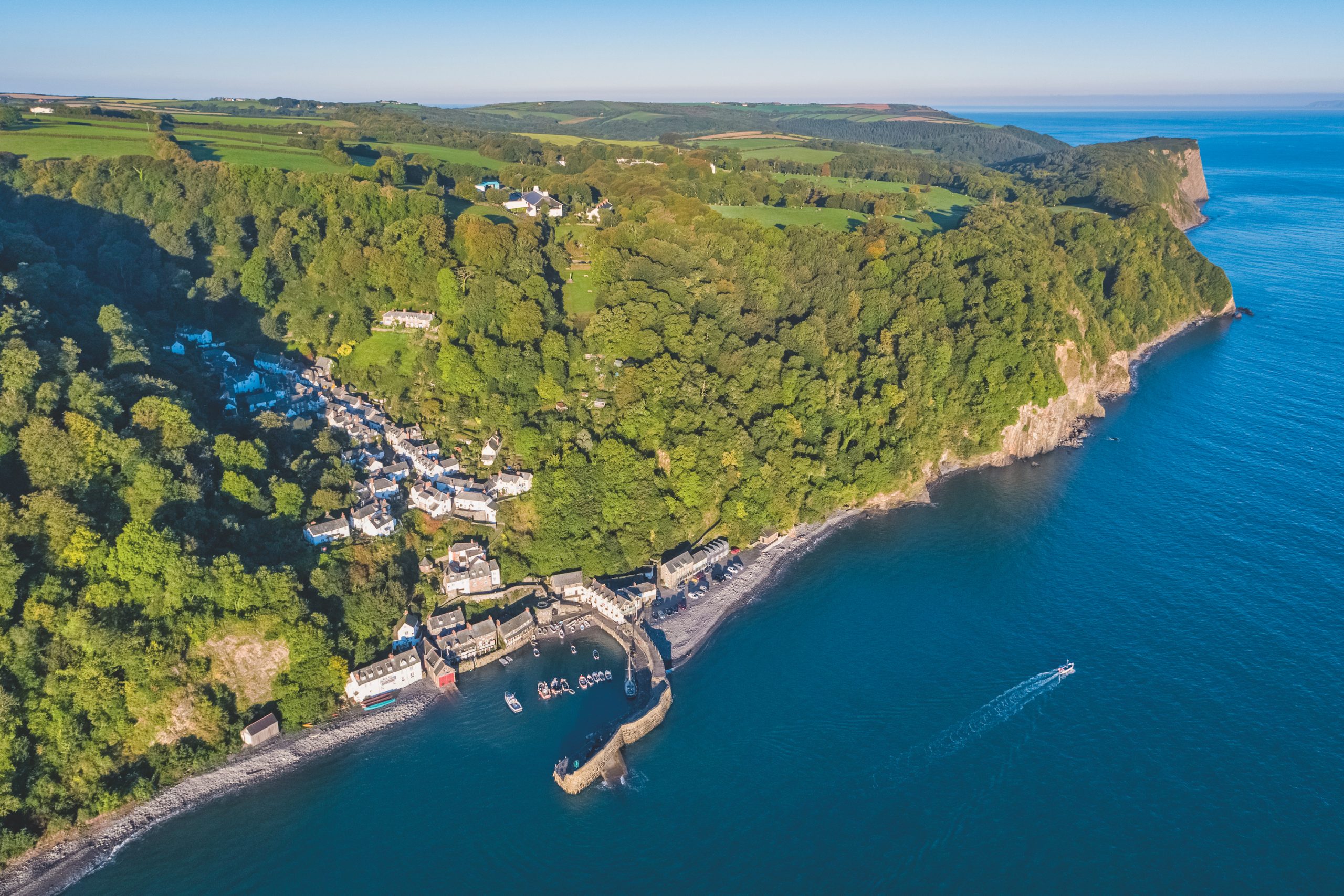
Among Clovelly’s most influential proprietors was his mother’s great-aunt Christine Hamlyn, who owned it from 1884 to 1936, and spent her husband’s fortune renovating the estate. ‘She was a great hostess as well,’ notes Mr Rous, whose great-grandfather, the prime minister Herbert Asquith, was a visitor.
Today, the estate comprises some 80 cottages, two chapels, two hotels and a 14th-century harbour, as well as several hundred acres of amenity woodland and about five farms — ‘probably 2,000 acres in total’.
‘When I started, it was quite a challenge,’ recalls Mr Rous. ‘The trustees had no option but to sell off outlying farms in order to fund investment in the remaining farms. It was a very difficult time.’
He took the decision to stop selling and increase the estate’s tourist income instead, building a visitor centre at the top of the village, with a gift shop and restaurant, and introducing an admission charge.
In 2019, Clovelly had 150,000 paying visitors and, thanks to tourism, the village does turn a profit. ‘We can’t afford not to,’ explains Mr Rous, who trained as an accountant before inheriting the estate.
‘If you’re not making a profit, you’re living on borrowed time. I was very lucky — a mixture of Devon farmer background plus accountancy has given me a respect for dealing conservatively and carefully with one’s property.
‘To me, it’s a fun challenge,’ he laughs. ‘We are fortunate in the sense that we have a tourist income, in which I have invested quite heavily, but that generates funds that assist in the maintenance of a large collection of cottages built on a 400ft precipice. It’s a financial possibility, but one still has to be very careful.’
That includes making sure nothing is done to ruin the essential charm of the place — one that’s ‘important not only to my family, but residents down the village’s street and also people who hold the village in great affection across the country and much further afield’.
Mr Rous believes — or hopes — that a village being in private hands can only be for the better: ‘What it does offer is a continuity of interest and a reluctance for short-term gain if one feels it might have a long-term detraction. If owners can exercise a wise guiding hand, then it’s good for the village.’
Cindy Watson has had a tea shop for nearly 10 years in the village of Heydon in Norfolk, owned by the Bulwer family, and describes it as the sort of place where you can leave your back door open. ‘It’s a lovely community,’ she enthuses. ‘People stop and have conversations when they pass on the road. Those who rent houses here could easily afford to buy — but they choose to stay and that says a great deal about the place.’
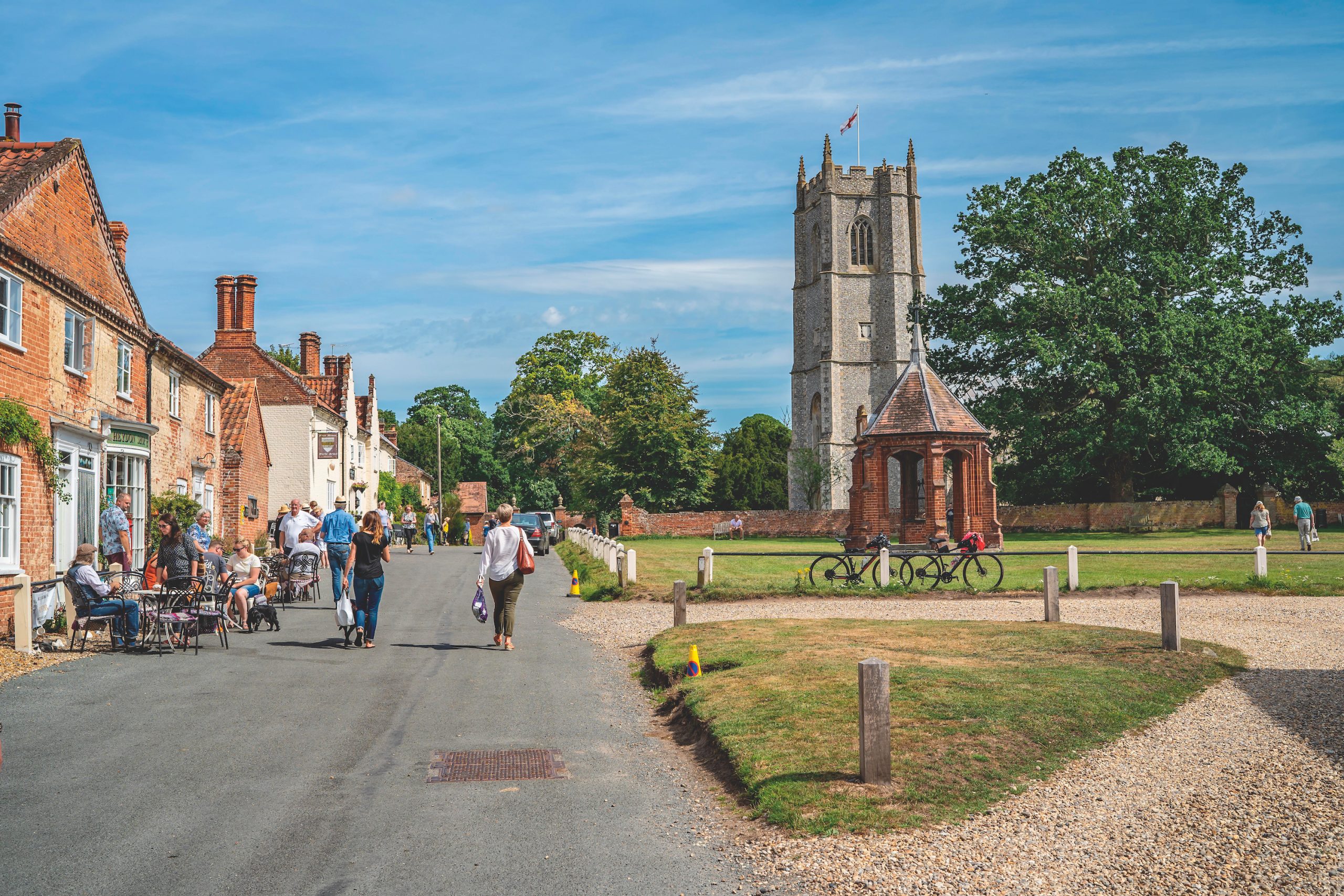
Near Andover, the parish of the Revd Trevor Lewis encompasses the Hampshire village of Linkenholt, which is owned by the Swedish H&M fashion billionaire Stefan Persson — he reportedly bought the estate and village for £25 million in 2009.
Having come from a rural parish in North Yorkshire, Revd Lewis understands the pressures faced by remote countryside communities and sees the difference a private landlord makes. ‘All the properties are rented, so everyone is on the same level,’ he reflects. ‘I think there is a collegiate sense about it.’
He adds that it’s a village where people who have left return to have their children christened; moreover, the estate is ‘very responsive to residents’ needs’.
Perhaps, unfashionable as it might be, there is something to be said for a more feudal approach to village life — but is being an owner something to aspire to?
‘It depends on the person,’ concludes Mr Rous. ‘If somebody wants it as a trophy, God no. If they have a great affection for it, or a particular mission, then yes, that would be great.’ Provided, of course, that money is no object.
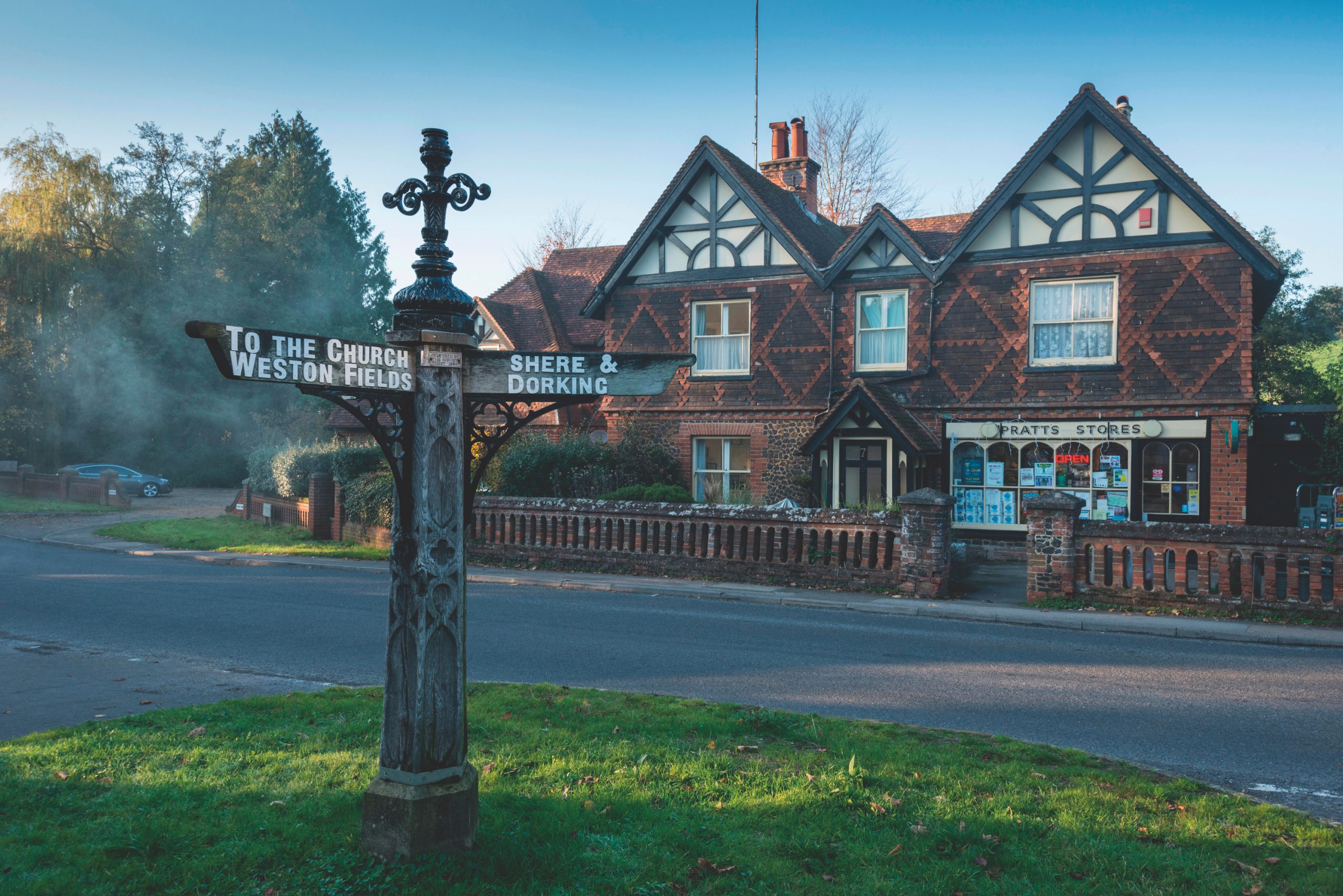
The privately-owned estate villages of Britain
• Albury, Surrey This tiny village has a handful of homes and a Saxon church — as well as the Grade I-listed Albury Park Mansion — all of which have been owned by the Dukes of Northumberland since 1890
• Edensor, Derbyshire This Peak District village was built by the 6th Duke of Devonshire in the Chatsworth Park estate, after he had the previous village demolished and moved out of sight
• Eridge Park, Kent Part of the Eridge estate, near Tunbridge Wells, this is the seat of the Marquess of Abergavenny and has been owned by the Nevill family since 1448
• Firle, East Sussex Set in the South Downs, Firle is the property of Viscount Gage, whose seat is the exquisite Firle Place
• Glynde, East Sussex Near Lewes in the Sussex Downs, Glynde is owned by Viscount Hampden, whose seat Glynde Place was built in 1569
• Great Tew, Oxfordshire Covering 3,500 acres near Chipping Norton, the village is in the hands of the Johnston family and very du jour, with Soho Farmhouse on its doorstep
• Ripley, North Yorkshire This village and castle dates back to the 15th century and has been in the Ingilby family for 700 years
• Yattendon, Berkshire The village is part of the 9,000 acre estate owned by the Iliffes, former press barons
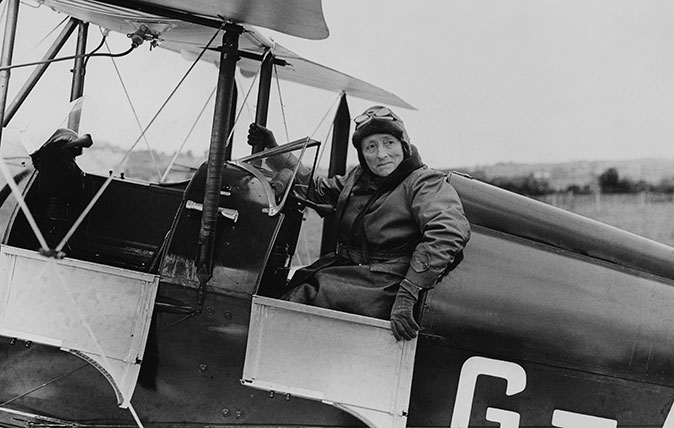
The secret life of duchesses, from nursing and sculpture to flying aeroplanes at retirement age
Being a duchess isn't all going to lunches strolling through the shrubbery – they have a job to do. Jane
Carla must be the only Italian that finds the English weather more congenial than her native country’s sunshine. An antique herself, she became Country Life’s Arts & Antiques editor in 2023 having previously covered, as a freelance journalist, heritage, conservation, history and property stories, for which she won a couple of awards. Her musical taste has never evolved past Puccini and she spends most of her time immersed in any century before the 20th.
-
 Jungle temples, pet snakes and the most expensive car in the world: Country Life Quiz of the Day, April 14, 2025
Jungle temples, pet snakes and the most expensive car in the world: Country Life Quiz of the Day, April 14, 2025Mondays's quiz tests your knowledge on English kings, astronomy and fashion.
By James Fisher Published
-
 Welcome to the modern party barn, where disco balls are 'non-negotiable'
Welcome to the modern party barn, where disco balls are 'non-negotiable'A party barn is the ultimate good-time utopia, devoid of the toil of a home gym or the practicalities of a home office. Modern efforts are a world away from the draughty, hay-bales-and-a-hi-fi set-up of yesteryear.
By Annabel Dixon Published
